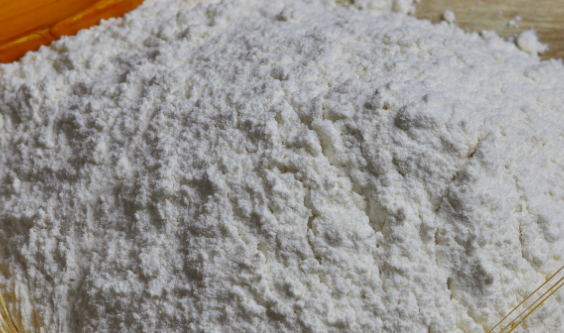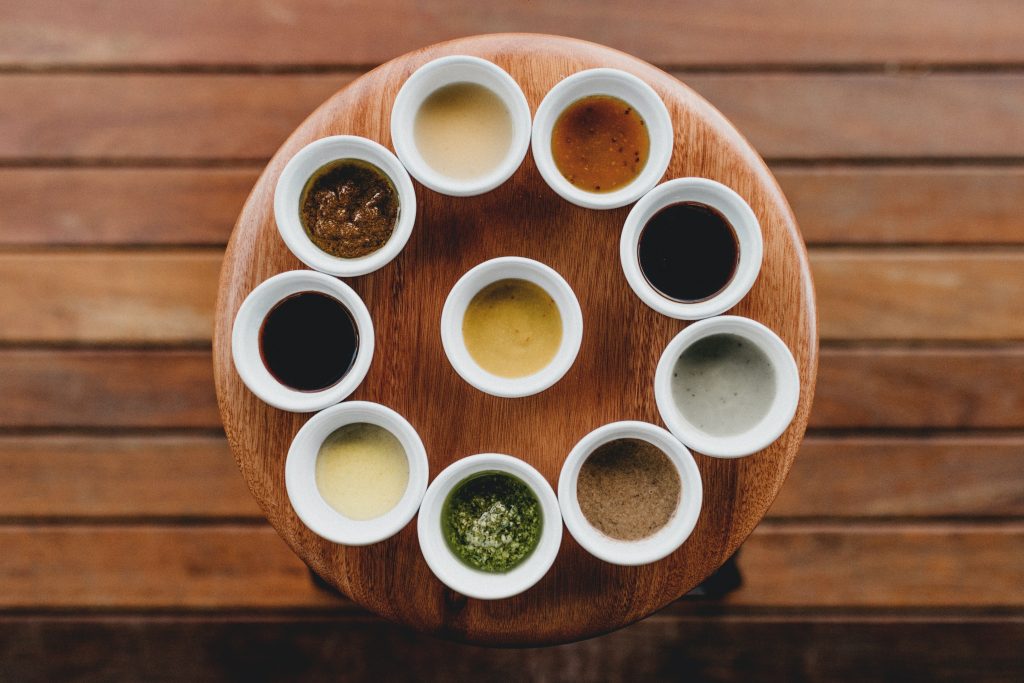
Colloidal microcrystalline cellulose (CMC) is a type of cellulose polymer that is used in a wide variety of applications. It is composed of extremely fine particles of cellulose that are dispersed in a liquid medium. This type of cellulose is commonly used in pharmaceuticals, food products, detergents, and cosmetics due to its ability to increase viscosity, improve texture, and act as a stabilizer.

Cellulose is an insoluble polysaccharide found in the cell walls of plants and is the most abundant organic compound on earth. It is composed of long chains of glucose molecules and is highly resistant to breakdown by enzymes. The microcrystalline form of cellulose is created by subjecting cellulose to a long process of steam explosion and mechanical refining, which breaks the cellulose down into extremely small particles. These particles are then blended with water and other substances to create a colloidal suspension.

The most important feature of colloidal microcrystalline cellulose CMC is its ability to increase the viscosity of a solution. By adding colloid microcrystalline cellulose (CMC) to a liquid, the viscosity can be increased to a desired level. This is because the particles in the suspension act as a thickening agent, which increases the solution’s viscosity. This is especially useful for controlling the flow of liquids in industrial applications and can also be used to create foods with a desired texture, such as ice cream or yogurt. Colloid Microcrystalline cellulose(CMC) can improve the stability of liquids and serve as a gelling agent and suspending agent.
For example, when instant drinks are re dispersed in water, uneven dispersion or poor stability often occur. Adding a certain amount of colloidal cellulose can quickly form a stable colloidal solution, greatly improving dispersion and stability. Adding a stabilizer consisting of colloidal microcrystalline cellulose, starch, and maltodextrin to instant chocolate or cocoa beverages can not only prevent the powder of instant beverages from becoming caked due to moisture, but also maintain high stability and dispersibility during processing.

Raw materials in beverages such as vegetable protein, coffee powder, tea powder, and other raw materials have large particles, which are prone to sink in the beverage. The main method for controlling sedimentation is to increase the viscosity of the continuous phase by adding thickeners to control sedimentation. However, although sedimentation can be controlled, it often results in overly thick and pasty taste, resulting in the resolution of stability issues, but affecting the taste. Adding microcrystalline cellulose colloids can: Controlling solid deposition and gives the product a refreshing taste.

For sauce product,the question is After baking at high temperature, it is easy to deform, Not resistant to salt and acid .When adding colloid microcrystalline cellulose(CMC) ,it can make sauce remains in good shape after baking at high temperature and Xanthan gum in colloid microcrystalline cellulose(CMC) can improve the acid and salt resistance of soy sauce.
How does it affect? In beverages, the stabilization mechanism of microcrystalline cellulose colloids (microcrystalline cellulose plus sodium carboxymethyl cellulose) is to combine with water to form a three-dimensional network structure through hydrogen bonding, thereby achieving the effect of suspending and stabilizing solids. In soy sauce, the addition of xanthan gum in microcrystalline cellulose colloids (microcrystalline cellulose plus xanthan gum) enhances the acid and salt tolerance of the sauce, and can maintain a good shape after baking at high temperatures.
Colloid microcrystalline cellulose (CMC) is also used as a stabilizer in many products, such as cosmetics. By adding colloidal microcrystalline cellulose( CMC) to a product, it can help keep ingredients evenly dispersed and prevent separation. This is especially important for products that are exposed to extreme temperatures or where the ingredients have a tendency to settle.

Due to its unique properties, colloidal microcrystalline cellulose (CMC) can be used in a variety of applications and industries. As a suspension stabilizer, it exhibits its outstanding characteristics.As an adhesive for granulation of dry suspension agents, it improves the granulation ability of drugs and serves as a suspension aid after dissolution.Thixotropy reduces the viscosity of liquid drugs after oscillation, and when taken without viscosity, it can reduce the sensation of irritating or bitter drugs staying in the throat.The gel property enables the liquid drug to return to the initial suspension stable state after the oscillation stops.
The properties of colloidal microcrystalline cellulose (CMC) make it an ideal choice for many applications. It is an effective thickening agent, stabilizer, and emulsifier. It is also highly resistant to breakdown by enzymes, making it ideal for the pharmaceutical industry. Additionally, CMC is relatively inexpensive and widely available, making it a cost-effective choice for many applications.
References
1.Lv, G.; Stockwell, C.; Niles, J.; Minegar, S.; Li, Z.; Jiang, W. Uptake and retention of amitriptyline by Kaolinite. J. Colloid Interface Sci. 2013, 411, 198–203. [Google Scholar] [CrossRef] [PubMed]
https://www.pcimag.com/articles/87416-colloidal-microcrystalline-cellulose?v=preview colloidal microcrystalline cellulose
2.Real, F.J.; Benitez, F.J.; Acero, J.L.; Roldan, G.; Casas, F. Elimination of the emerging contaminants amitriptyline hydrochloride, methyl salicylate, and 2-phenoxyethanol in ultrapure water and secondary effluents by photolytic and radicalary pathways. Ind. Eng. Chem. Res. 2012, 51, 16209–16215. [Google Scholar] [CrossRef]